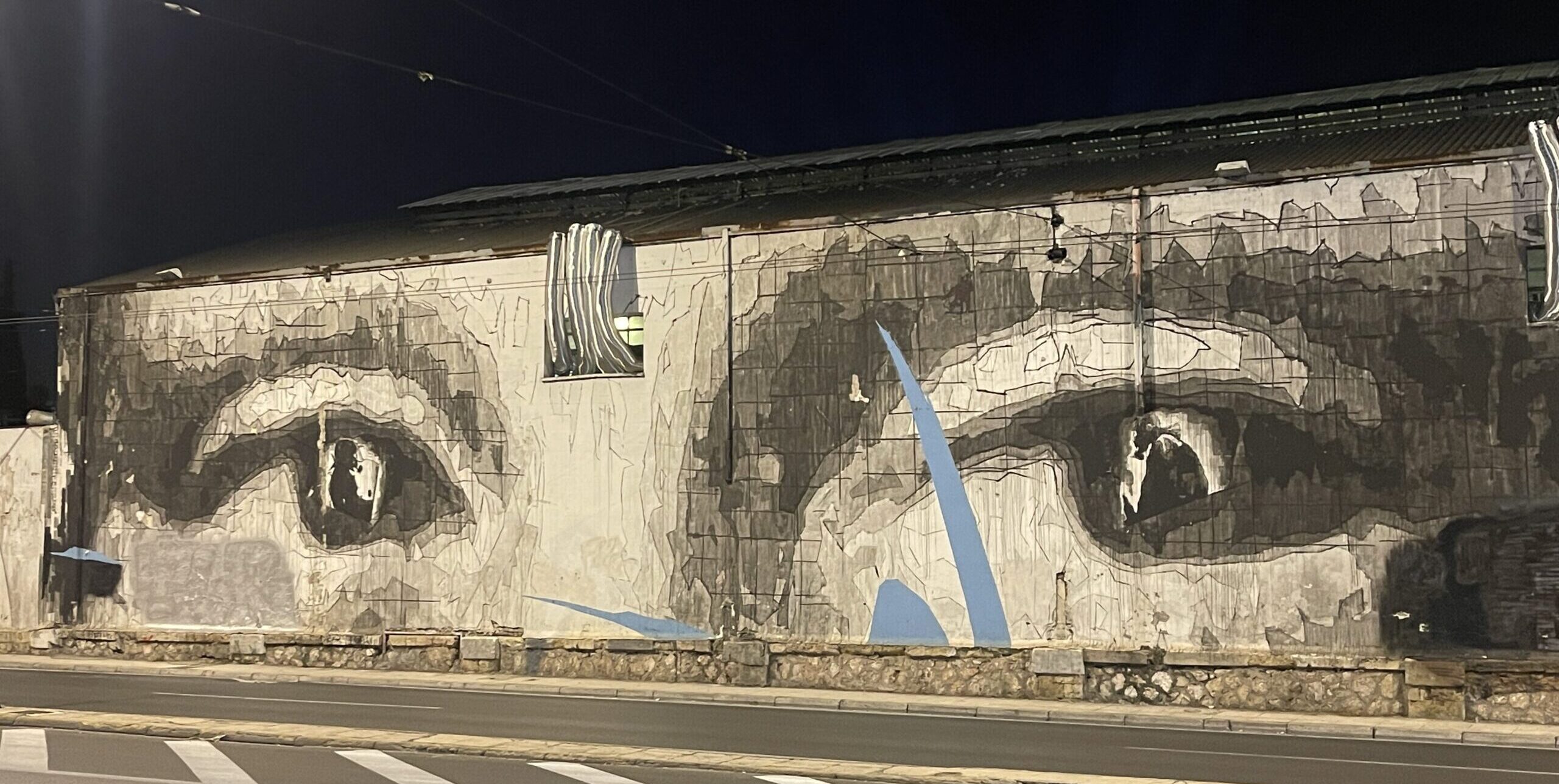Your cart is currently empty!

Athens, the cradle of Western civilization, has undergone a fascinating transformation in its relationship with graffiti and street art. What once might have been perceived merely as vandalism is now increasingly recognized as an integral aspect of the city’s cultural tapestry. From the ancient Acropolis to the modern metropolis, Athens seems to embrace its graffiti artists, allowing them to express their creativity and voice societal issues through vivid murals and striking visuals.
At first glance, one might assume that the streets of Athens are merely chaotic canvases filled with haphazard scrawls and tags. However, upon closer inspection, you’ll discover an entirely different narrative — one enriched with history, social commentary, and breathtaking artistry. The city has become a living gallery, where each wall tells a story. This transformation has not only showcased local talent but has also attracted international graffiti artists, further enhancing Athens’ reputation as an artistic hub.
One of the most celebrated names in this burgeoning scene is INO, a Greek street artist who has garnered attention for his thought-provoking and visually stunning pieces. INO’s work often incorporates a blend of traditional Greek motifs with contemporary themes, bridging the gap between the past and present. His pieces can be found throughout the city, often hidden in less-traveled alleyways or on the sides of old buildings, waiting to be discovered by curious wanderers. Finding an INO piece is like uncovering a hidden gem — a moment of serendipity that adds depth to your exploration of Athens.

The city’s acceptance of street art has sparked both admiration and dissent. For many Athenians, graffiti represents freedom of expression, a powerful tool to communicate political ideas, societal critiques, and cultural identity. Murals can be seen addressing everything from the economic crisis to refugee issues, making the walls of Athens a reflection of its people’s struggles and aspirations. Local residents have started to curate and celebrate these expressions, with many neighborhoods hosting regular street art festivals that invite artists to contribute and engage with the community.
However, the rise of graffiti has not come without its critics. Some argue that it dilutes the historical essence of the city, contributing to a sense of urban decay. Concerns about property rights and the preservation of architectural heritage frequently emerge in discussions about the acceptance of graffiti. Still, what cannot be denied is the vibrancy and energy that these artworks bring to the streets. When walls are adorned with colorful murals, they become more than mere structures; they evolve into sites of interaction and dialogue.
In this sense, Athens serves as an example of the dual nature of graffiti — a form of rebellion and a means of rejuvenation. The city has become a trendsetter, showcasing how embracing graffiti can infuse life and energy into urban spaces while captivating both locals and tourists alike.

